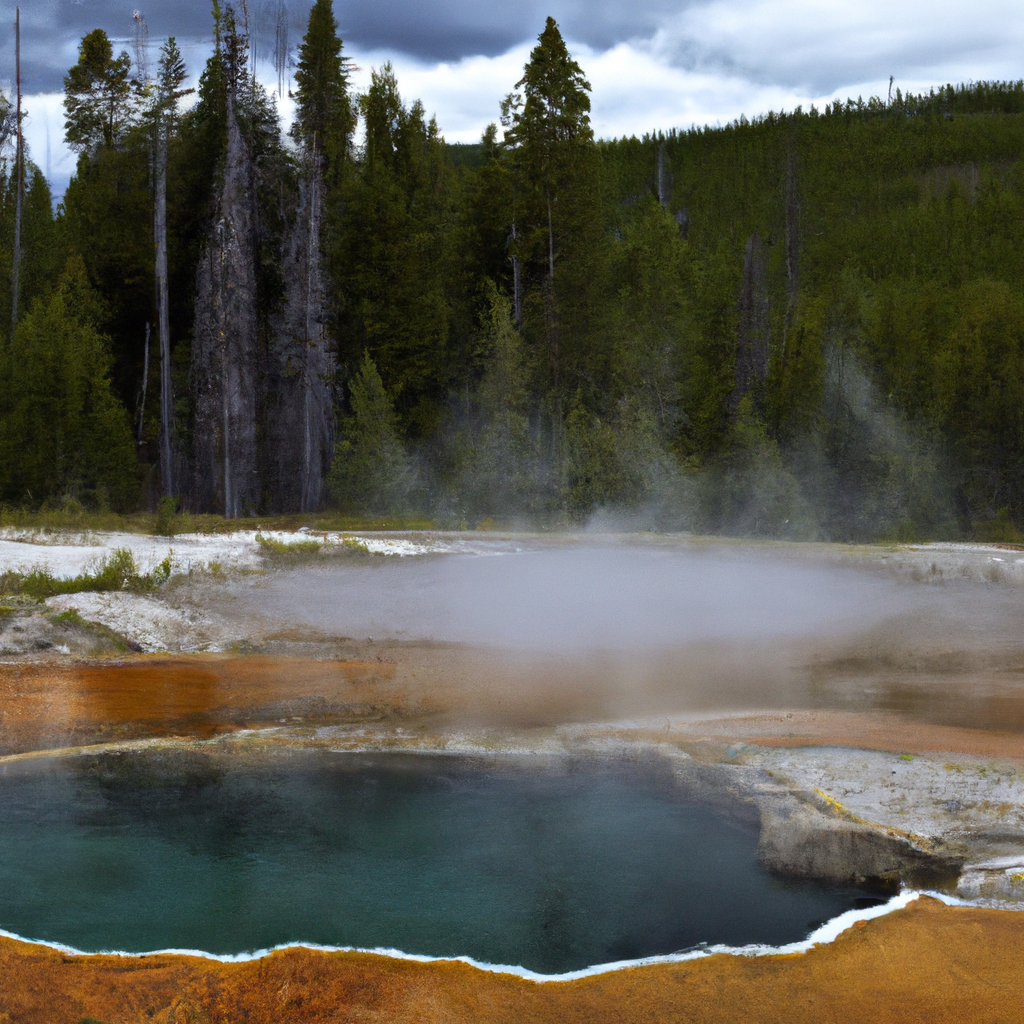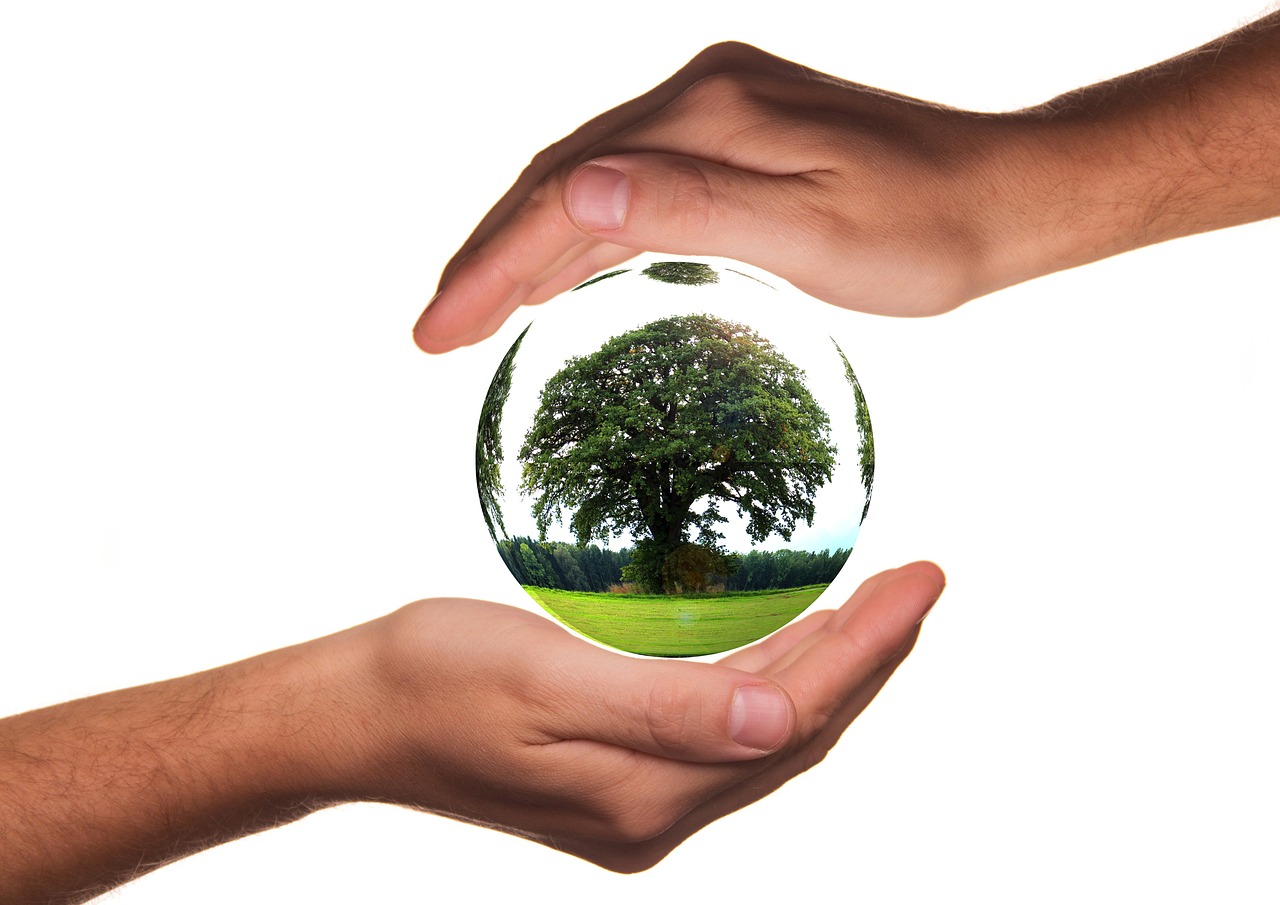Imagine immersing yourself in a natural hot spring, surrounded by the serene beauty of untouched nature and feeling the therapeutic warmth seep into your tired muscles. It̵7;s a captivating experience that many of us cherish, but have you ever wondered how these natural wonders are protected and preserved? In this article, we’ll explore the remarkable efforts of conservationists who dedicate their time and expertise to safeguarding these precious hot springs, ensuring they can be enjoyed by generations to come. Step into the world of preservation and discover the remarkable stories behind the protection of our cherished natural gems.
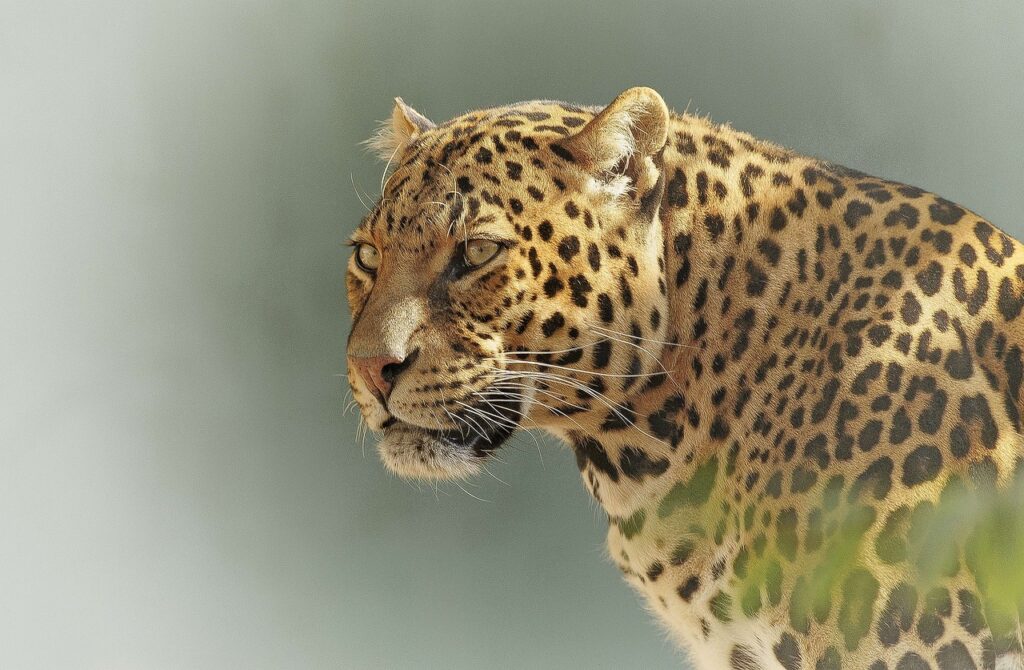
Understanding Natural Hot Springs
Formation of hot springs
Hot springs are formed when groundwater, heated by the Earth’s internal heat, rises to the surface. This happens when underground water comes into contact with hot rocks or magma deep within the Earth’s crust. As the water is heated, it becomes pressurized and eventually forces its way back to the surface through fissures or cracks in the ground. The temperature of hot springs can vary greatly, ranging from just above the average annual air temperature to scalding temperatures.
Characteristics of natural hot springs
Natural hot springs exhibit various characteristics that make them unique and appealing to both humans and wildlife. Firstly, their temperature sets them apart from other water bodies, creating a soothing and therapeutic experience for visitors. Additionally, natural hot springs are often rich in minerals, such as sulfur, calcium, and magnesium, which have been known to have therapeutic benefits for skin conditions and joint problems. Many hot springs also feature stunning geological formations and unique ecosystems, with vegetation and wildlife that have adapted to the heat and mineral-rich environment.
Importance of Natural Hot Springs
Ecological significance
Natural hot springs provide essential habitats for a wide range of plant and animal species. These unique ecosystems host specialized organisms that have adapted to the extreme conditions, including high temperatures and mineral-rich waters. Many rare and endemic species, such as microbial mats and thermophilic bacteria, thrive in these environments. Hot springs also act as crucial watering holes for wildlife, attracting a diverse array of species. Protecting natural hot springs is therefore essential for preserving these unique ecosystems and the biodiversity they support.
Cultural and historical significance
Hot springs have been valued by various cultures throughout history. Native American tribes often considered hot springs as sacred places for healing and spiritual rituals. The Romans developed elaborate bathhouses around hot springs, recognizing their therapeutic qualities. Many countries, such as Japan and Iceland, have rich cultural traditions associated with hot springs, including bathing customs and traditional practices. Preserving natural hot springs allows us to honor and maintain these cultural and historical connections, providing a sense of identity and continuity with the past.
Challenges to Hot Spring Conservation
Human impact on hot springs
Human activities pose significant threats to the conservation of natural hot springs. Unregulated or excessive visitation can lead to habitat destruction, pollution, and disturbance of sensitive species. Unauthorized infrastructure development, such as hot spring resorts or commercial activities, can also result in habitat degradation and fragmentation. Additionally, the extraction of geothermal energy near hot springs can alter their natural hydrology and temperature dynamics, negatively impacting both the ecosystem and the visitor experience. Balancing human use with the conservation of hot springs is a critical challenge that requires careful management strategies.
Climate change effects on hot springs
Climate change poses a considerable threat to the preservation of hot springs. Rising temperatures and altered precipitation patterns can affect the hydrological processes that sustain hot springs. Changes in temperature and precipitation can lead to the drying up or cooling down of hot springs, disrupting the delicate balance necessary for their existence. These alterations may also result in shifts in the distribution of unique species adapted to hot spring environments, potentially leading to their decline or local extinction. Addressing the impacts of climate change on hot springs is crucial for their long-term conservation.
Preservation Strategies
Establishing protected areas
One of the most effective strategies for conserving natural hot springs is the establishment of protected areas. National parks, wildlife refuges, or conservation reserves can be created to safeguard the unique ecosystems and cultural values associated with hot springs. These protected areas can provide a legal framework for managing visitation, controlling infrastructure development, and implementing conservation measures. By designating specific areas as protected, the natural and cultural values of hot springs can be preserved for future generations.
Promoting sustainable tourism
To ensure the long-term conservation of hot springs, sustainable tourism practices need to be implemented. This involves promoting responsible and low-impact visitation, limiting the number of visitors to prevent overcrowding, and educating visitors about the fragility of the ecosystem and the need for preservation. Additionally, sustainable tourism initiatives can encourage environmentally friendly practices, such as renewable energy use, waste reduction, and water conservation, in the operation of tourism facilities near hot springs. By balancing economic benefits with environmental protection, sustainable tourism can be a valuable tool for hot spring conservation.

Monitoring and Research
Water quality analysis
Regular monitoring of water quality is essential for assessing the health and condition of hot springs. By analyzing the chemical composition of the water, conservationists can detect potential pollutants, changes in mineral content, or other variations that can indicate the impact of human activities or natural processes. This information helps inform management decisions and allows for timely intervention to mitigate potential threats. Continuous water quality analysis is vital for maintaining the ecological integrity of hot springs and ensuring their long-term preservation.
Biodiversity studies
Studying the biodiversity of hot springs is crucial for understanding these unique ecosystems and identifying conservation priorities. Biodiversity studies involve documenting the presence and abundance of various plant and animal species, including microorganisms, algae, and invertebrates. By assessing the species richness and composition, researchers can assess the overall health of the ecosystem and monitor changes over time. This information can guide conservation efforts, target specific species or habitats for protection, and inform management strategies for hot spring preservation.
Restoration and Rehabilitation
Remediating human impacts
In cases where hot springs have been degraded or damaged by human activities, restoration efforts are necessary to remediate the impacts. This can involve removing or modifying infrastructure that disrupts the natural hydrology, restoring disturbed habitats, and implementing erosion control measures. In some cases, active ecological restoration techniques, such as replanting native species or reintroducing key organisms, may be required to restore the ecosystem’s functionality. By addressing and mitigating human impacts, restoration and rehabilitation efforts can help rejuvenate hot springs and ensure their long-term conservation.
Restoring damaged ecosystems
Hot springs that have suffered from long-term degradation or significant ecological damage may require more extensive restoration and rehabilitation efforts. These efforts may involve comprehensive ecosystem restoration techniques, such as habitat reconstruction, reestablishment of key ecological processes, and reintroduction of native species. Restoring damaged ecosystems requires careful planning, scientific expertise, and long-term monitoring to ensure the success of restoration initiatives. By restoring damaged ecosystems, conservationists can help hot springs regain their ecological functionality and resilience.
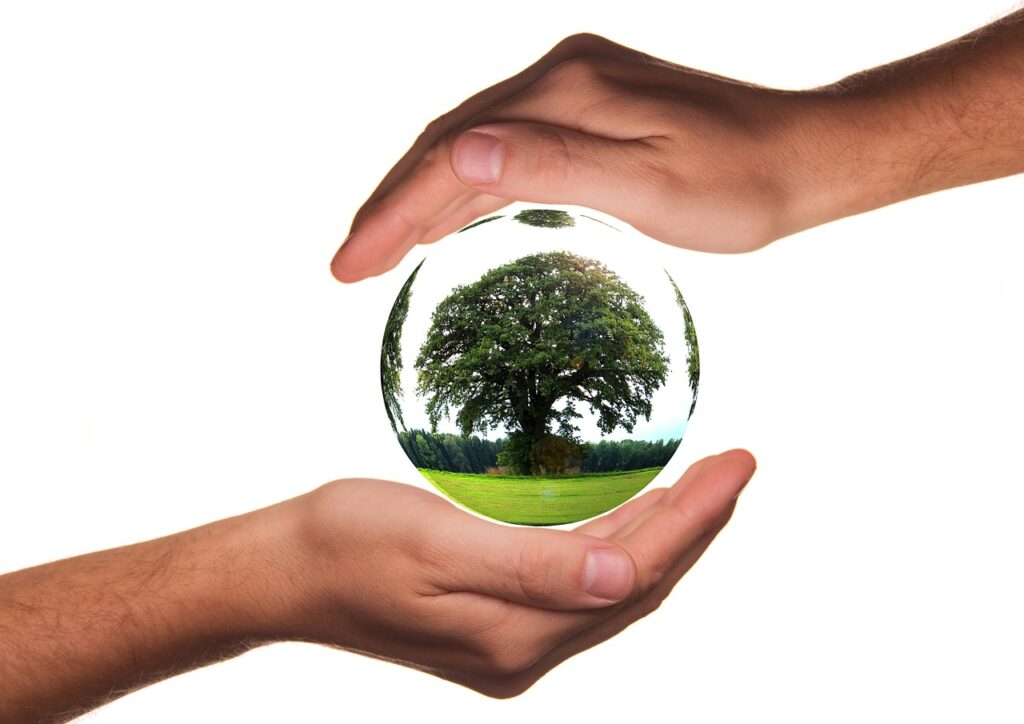
Collaborative Conservation Initiatives
Partnerships with local communities
Engaging and partnering with local communities is vital for the successful conservation of hot springs. Collaborative initiatives can involve local communities in the decision-making processes, incorporate traditional knowledge and practices into conservation efforts, and foster a sense of ownership and stewardship among community members. By involving local communities, conservation initiatives can benefit from their expertise, cultural values, and increased community support. Such partnerships can lead to more effective conservation strategies and a greater likelihood of long-term success.
International conservation collaborations
Conserving hot springs often requires international collaboration and cooperation. Many hot springs extend across national borders or are shared among countries. International conservation collaborations can facilitate the exchange of knowledge, best practices, and scientific research, ensuring that conservation efforts are coordinated and complementary. Collaborative initiatives can involve joint monitoring programs, information sharing, and joint management strategies. By working together at an international level, conservationists can maximize their efforts and promote the conservation of hot springs on a global scale.
Public Education and Outreach
Raising awareness about hot springs
Raising public awareness about the value and importance of hot springs is crucial for their conservation. Educational campaigns can highlight the unique ecological, cultural, and recreational values of hot springs and raise awareness about the threats they face. These campaigns can target both local communities and visitors, emphasizing the need for responsible behavior and sustainable practices. By fostering a sense of appreciation and connection with hot springs, public awareness initiatives can generate support for conservation efforts and encourage individuals to become responsible stewards of these natural treasures.
Educational programs for visitors
Providing educational programs for visitors can further enhance public understanding and appreciation of hot springs. Interpretive signs, guided tours, and visitor centers can educate visitors about the ecological processes, cultural significance, and conservation challenges associated with hot springs. These programs can provide information on the dos and don’ts of visiting hot springs, including guidelines for minimizing impacts on the ecosystem. By engaging visitors in educational experiences, conservationists can foster a sense of environmental responsibility and promote sustainable behavior.
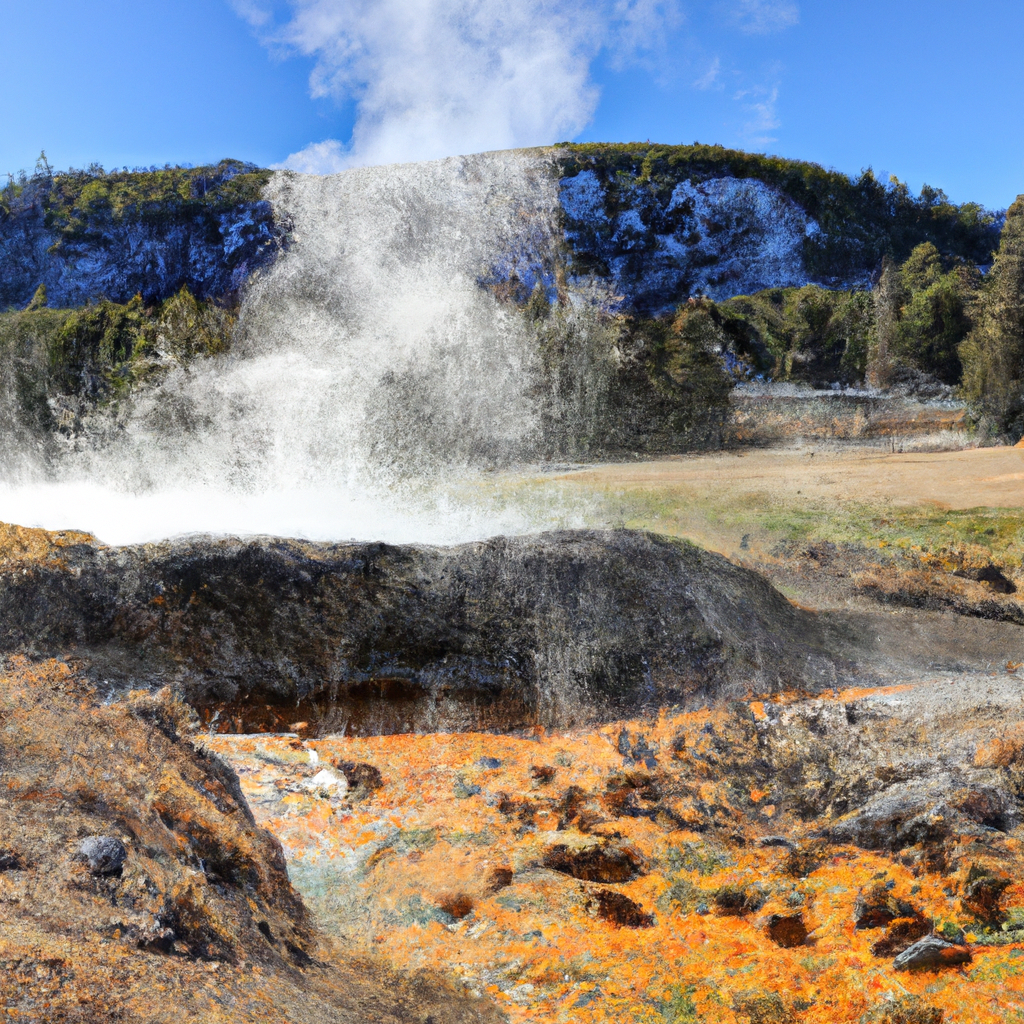
Legislation and Policy
National and regional regulations
To ensure the conservation of hot springs, national and regional regulations need to be in place. These regulations can include laws and policies that govern land use, water management, tourism activities, and the protection of cultural heritage. By establishing clear legal frameworks, governments can enforce regulations, allocate resources, and hold individuals or businesses accountable for any violations. National and regional regulations provide the necessary legal foundation for hot spring conservation and can help ensure that conservation efforts are aligned with broader environmental objectives.
Inclusion in protected area management plans
Including hot springs within the management plans of protected areas is essential for their long-term conservation. These management plans outline guidelines for visitation, infrastructure development, and resource protection. By specifically addressing the unique characteristics and conservation needs of hot springs, these plans ensure that adequate measures are in place to protect and preserve these valuable natural resources. Inclusion in protected area management plans also helps integrate hot springs into broader conservation goals and enhances their recognition as important conservation targets.
Sustainable Practices and Guidelines
Development and implementation of best practices
The development and implementation of best practices for hot spring conservation are crucial for minimizing impacts and ensuring sustainable management. These best practices can cover various aspects, such as managing water resources, controlling visitation, maintaining water quality, and protecting sensitive habitats. By adopting standardized guidelines based on scientific research and expertise, hot spring conservationists can promote consistent approaches to management across different sites. Best practices provide a framework for sustainable practices and help ensure that hot springs are conserved in an environmentally responsible manner.
Code of conduct for visitors
Establishing a code of conduct for visitors to hot springs is an effective way to promote responsible behavior and minimize environmental impacts. The code of conduct can include guidelines on proper waste disposal, respecting wildlife, avoiding damage to vegetation, and adhering to designated trails or paths. By educating visitors about appropriate behavior and setting clear expectations, the code of conduct encourages individuals to contribute to the conservation of hot springs. Visitor compliance with the code of conduct can help preserve the integrity and ecological values of hot springs for future generations.
In conclusion, the conservation of natural hot springs is essential to safeguard the unique ecological, cultural, and historical values they offer. By understanding the formation and characteristics of hot springs, recognizing their ecological and cultural significance, and addressing the challenges they face, conservationists can implement effective preservation strategies. Through collaborative efforts, monitoring and research, restoration and rehabilitation, public education and outreach, and the establishment of legislation and sustainable practices, hot springs can be conserved for future generations to enjoy and benefit from. It is our collective responsibility to ensure the long-term preservation of these natural wonders.
